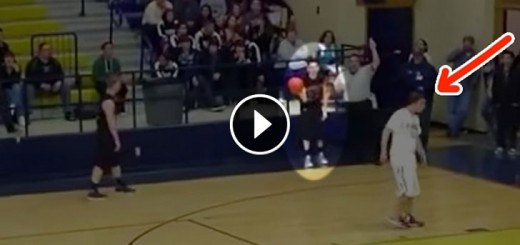Brad Pitt’s Personal Struggles: A Difficult Time for the Star
In a recent interview, actor Brad Pitt revealed that he experiences a condition known as prosopagnosia, a rare neurological disorder commonly referred to as “facial blindness.” In an article for The New York Times, Dani Blum explores the symptoms, causes, and treatment options related to this condition.
What is Prosopagnosia?
According to Dr. Borna Bonakdarpour, a behavioral neurologist at Northwestern Medicine, prosopagnosia is specifically related to difficulty recognizing faces.
It is not associated with color blindness, vision impairment, or memory issues, which distinguishes it from other cognitive or neurological challenges.
The National Institute of Neurological Disorders and Stroke (NINDS) further clarifies that it does not stem from learning disabilities or problems with general memory.
The severity of prosopagnosia varies from person to person. Some individuals may have trouble identifying close friends or family members, while others may not even recognize their own reflection. In extreme cases, some people cannot differentiate faces from everyday objects.
Research suggests that people living with prosopagnosia may experience social anxiety or depression, often resulting from isolation and the fear of failing to recognize loved ones.
Blum also points out that individuals with the disorder may avoid social situations out of concern that they won’t be able to connect with others. In his interview with GQ, Pitt admitted he has struggled with recognizing faces for years, though he has never been officially diagnosed with prosopagnosia.
Potential Causes
The causes of prosopagnosia are either congenital (present at birth) or acquired due to injury. Some researchers estimate that as many as 1 in 50 people may be affected, with some evidence suggesting a genetic link. Blum notes that congenital prosopagnosia is less common and presents without any obvious structural abnormalities in the brain. Dr. Andrey Stojic, director of general neurology at Cleveland Clinic, adds that children born with the condition often show no visible signs of brain damage or abnormalities.
In contrast, acquired prosopagnosia can develop later in life due to brain injury or trauma.
Conditions such as stroke or Alzheimer’s disease may also lead to the disorder, according to Dr. Bonakdarpour.
Can Prosopagnosia Be Treated?
As of now, there is no cure for prosopagnosia, though many individuals find ways to cope.
People with the condition often rely on other distinguishing characteristics, such as voice, hairstyle, or body movement, to recognize others.
Diagnosing prosopagnosia can be a lengthy process, involving several tests that assess memory and facial recognition capabilities. Blum explains that doctors typically take time to ensure that the condition is not linked to a more serious neurological disorder.
Interestingly, many people, like Pitt, may never receive an official diagnosis. As Dr. Stojic points out, while some individuals face significant challenges, others may find it difficult to explain or fully comprehend the problem.
This article highlights how prosopagnosia can affect everyday life and sheds light on a disorder that, though rare, can have a profound impact on social interaction and mental health.




























